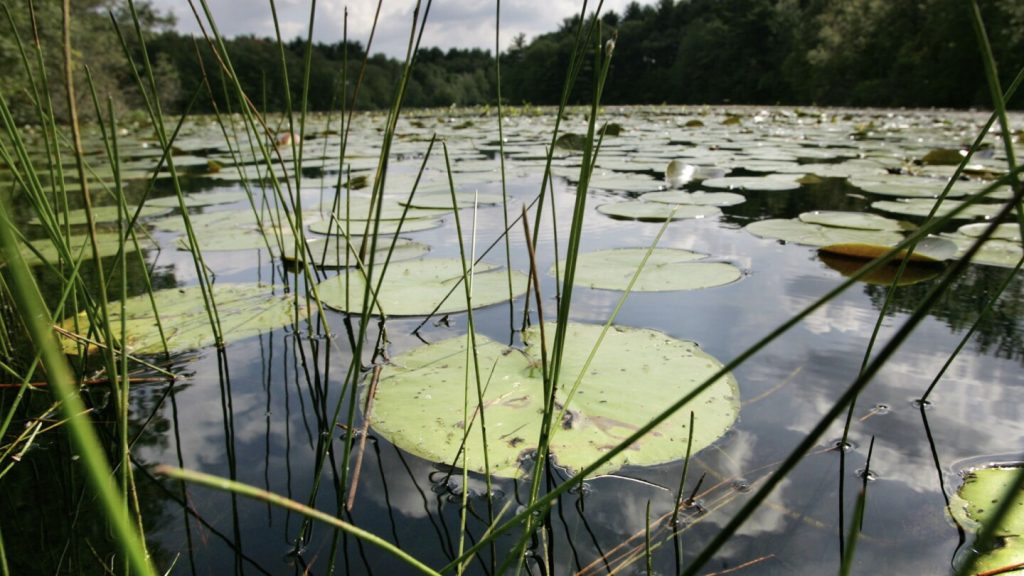A comprehensive new study reveals the alarming state of freshwater biodiversity, highlighting the precarious position of a vast number of species inhabiting the world’s rivers, lakes, and other freshwater ecosystems. Nearly a quarter of these species are teetering on the brink of extinction, facing a barrage of threats that jeopardize their survival. This alarming finding underscores the urgent need for conservation efforts to protect these vital ecosystems and the unique biodiversity they harbor.
Freshwater habitats, while covering less than 1% of the Earth’s surface, support a disproportionately high level of biodiversity, accounting for 10% of all animal species. This study, the first of its kind to assess the global extinction risk of freshwater species, examined over 23,500 species, including dragonflies, fish, crabs, and other organisms exclusively dependent on freshwater environments. The researchers found that 24% of these species are classified as vulnerable, endangered, or critically endangered, facing imminent threats of extinction.
The primary drivers of this biodiversity crisis are multifaceted and interconnected, encompassing pollution, dam construction, water extraction for human use, agricultural practices, invasive species, climate change, and other human-induced disruptions. The cumulative impact of these threats poses a significant challenge to the survival of freshwater species. Unlike terrestrial species that may have the option to migrate to less impacted areas, freshwater organisms are often confined to their specific habitats, making them particularly vulnerable to localized environmental changes.
The study highlights the pervasive nature of these threats, impacting freshwater ecosystems worldwide. Major rivers in North America and Europe, for instance, have been extensively modified by damming, disrupting natural flow regimes and fragmenting habitats. In South America, the Amazon River basin, a biodiversity hotspot, faces mounting pressures from deforestation, wildfires, and illegal gold mining, further jeopardizing the survival of its unique freshwater fauna.
The consequences of these environmental degradations are far-reaching. Illegal fires set to clear forests for agriculture and other land uses release vast amounts of ash that pollute rivers, while unregulated gold mining operations introduce mercury, a highly toxic heavy metal, into the water. These pollutants accumulate in the food chain, posing significant risks to aquatic life and potentially impacting human health through contaminated fish consumption.
Freshwater ecosystems, by their very nature, act as sinks, accumulating pollutants and other disturbances from the surrounding landscape. This makes them particularly susceptible to environmental damage, with even localized incidents such as oil or chemical spills having the potential to wipe out entire species. The interconnectedness of these ecosystems means that impacts in one area can have cascading effects downstream, further amplifying the vulnerability of freshwater species. The study emphasizes the urgent need for a global effort to address these threats, implementing sustainable practices to protect these vital ecosystems and the incredible biodiversity they support. The future of countless species, and indeed the health of the planet itself, depends on our ability to recognize and respond to this critical challenge.










